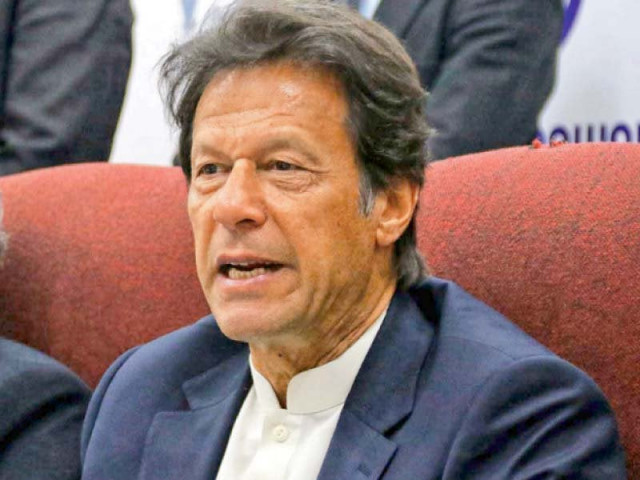
The government’s decision to amend the Fiscal Responsibility and Debt Limitation (FRDL) Act of 2005 through the Finance Act 2017 could be challenged in the apex court, said PTI’s Asad Umar while talking to the media in Islamabad.
If the PTI finally decides to go to the court, it will be second such move as 37 Senators belonging to the opposition parties have already challenged the government’s decision to delegate federal cabinet’s powers to Finance Minister Ishaq Dar.
Govt coins new term for public debt
In violation of Supreme Court’s judgment that bars legislation without prior cabinet approval, the government had quietly amended the public debt definition through the Finance Act 2017. This single move has understated the public debt by a whopping Rs2 trillion. By including the impact of an earlier amendment, the public debt is now understated by over Rs3 trillion.
The federal government for the second time amended the FRDL Act in June 2017 after it presented the Finance Bill in parliament.
Legal experts had also questioned the finance ministry’s decision to amend the FRDL Act through Finance Act, as the FRDL Act had been passed by both houses of parliament in 2005 while this can only be amended by National Assembly and the Senate separately. In case of Finance Bill, the Senate does not have voting powers.
PML-N Senator Ayesha Raza Farooq had tabled the amendment to the FRDL Act through the Senate’s Standing Committee on Finance during this year’s budget deliberations. However, according to the law ministry, any change in fiscal laws cannot be introduced without the prior approval of the federal cabinet. The law ministry also says that amendment to fiscal laws cannot be introduced as a private member’s legislation.
It was the second change in the definition of public debt in the last one year after the finance ministry miserably failed to curtail the debt and is now applying ‘window-dressing tactics’ instead. In June last year, the government had also introduced sweeping changes in the FRDL Act of 2005, and among the most significant was change in the definition total public debt.
Under the 2005 law, the original debt definition was: “total public debt means a sum of total outstanding borrowings.” Last year, it got changed to “total public debt means the debt of the government serviced out of the Consolidated Fund and debts owed to the International Monetary Fund.” This excluded the public debt contracted by public sector enterprises and publically-guaranteed debt.
Reasons traced behind ballooning fiscal deficit
After June 2017 amendment, the new definition is “total debt of the government is public debt less accumulated deposits of the federal and provincial governments with the banking system”. The single change reduced the public debt by Rs2 trillion to Rs18.9 trillion as of March this year.
The debate over the public debt began after the PTI accused the PML-N that its total borrowings during the five-year tenure would increase to Rs10.8 trillion – the highest figure added by any government in past 70 years.
However, the finance ministry challenged the PTI’s claim and said the PML-N government borrowed around Rs6.1 trillion and even if fiscal year 2017-2018 projections are added, the total debt increase in five years is expected to remain around Rs7.5 trillion until 2018.
The difference of Rs3.3 trillion between both the claims is primarily because of changes in the debt definition.
The finance ministry claimed that the Rs10.8 trillion debt addition claim was intended to mislead the general public, as this is inclusive of PSE debt and other external debt and liabilities as well, which are not part of the total government debt.
Umar said the PTI worked out Rs10.8 trillion debt figures by using original debt definition to show consistency in all political eras.
“The external debt and liabilities of government, PSEs, banks and private-sector companies have the same impact on the foreign exchange reserves of Pakistan,” said Umar, adding that payments of these external debts put pressure on the foreign exchange market, leading to a drawdown in the reserves.
“The government is hell-bent upon pushing the economy over the cliff into a debt spiral and leave us at the mercy of global lenders,” he alleged.

1707892702-0/image-(1)1707892702-0-270x192.webp)
















COMMENTS
Comments are moderated and generally will be posted if they are on-topic and not abusive.
For more information, please see our Comments FAQ